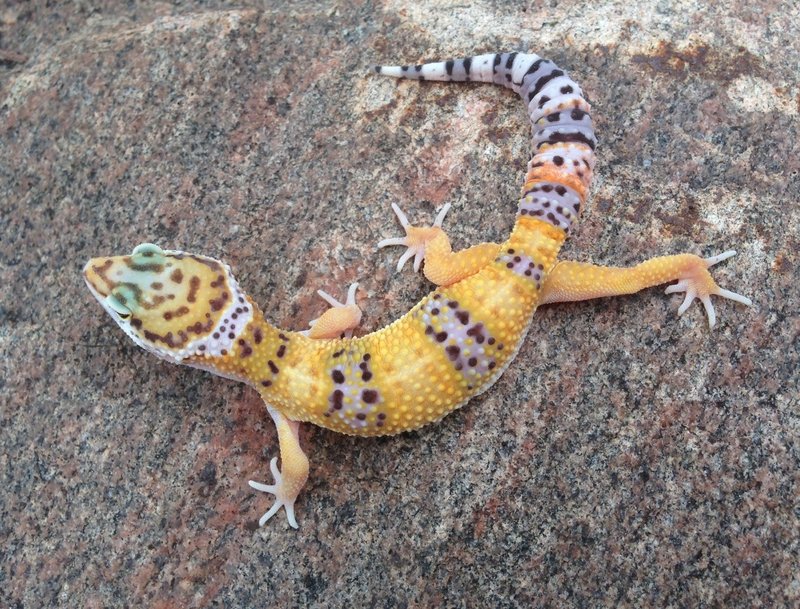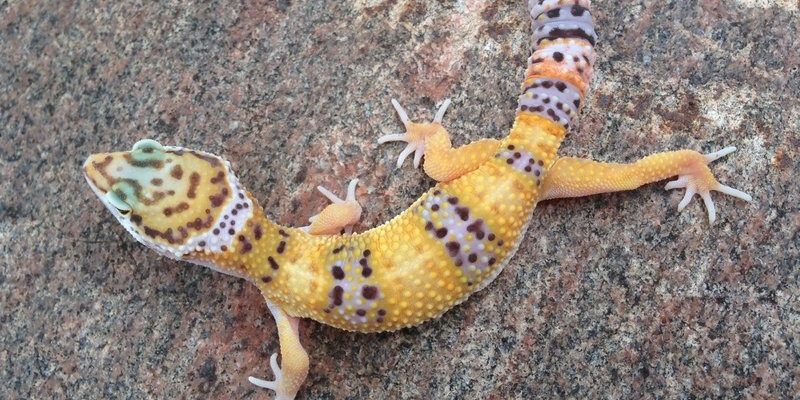
Just like picking the right coffee blend, getting to know leopard geckos can feel complicated at first. But once you brew up a good understanding, it’s quite enjoyable! Whether you’re considering adopting one or just curious about them, this article is your friendly guide to debunking common myths and uncovering the truths about leopard geckos.
Myth 1: Leopard Geckos Are Nocturnal
You might have heard it said that leopard geckos are nocturnal creatures. It’s a common belief because they’re often more active during the night. But here’s the thing: while they do prefer nighttime activities, they can also be active during the day. This behavior is primarily influenced by their environment and the temperature.
In the wild, leopard geckos are most active when the temperatures cool down after sunset. They’ll scurry around looking for food or basking in warm spots when they’re feeling adventurous. If you own one, you might notice your gecko basking under a lamp during the day, enjoying some warmth before going back into “nocturnal mode” as evening approaches.
So, while they’re not exclusively nocturnal, their nocturnal tendencies can give them a mysterious vibe. It’s important to provide a habitat that reflects their natural behaviors, including hiding spots and appropriate light cycles.
Myth 2: Leopard Geckos Eat Only Live Insects
It’s easy to think that leopard geckos only dine on live insects. After all, that’s often what you see in pet stores. But let me explain! While insects are indeed a big part of their diet, leopard geckos can also enjoy a variety of other foods.
In captivity, you can feed them a mix of live insects like crickets and mealworms, as well as occasional treats like pinkie mice. Some owners even provide specially formulated leopard gecko pellets that offer balanced nutrition. Here’s the catch: any food you offer should be appropriately sized and dusted with calcium or vitamin supplements to keep your gecko healthy.
It’s also worth mentioning that some leopard geckos can develop preferences over time. So, if your little buddy doesn’t seem interested in bugs one week, it might be time to switch it up a bit to keep things exciting.
Myth 3: Leopard Geckos Can Change Color
You might have heard that leopard geckos can change their colors like chameleons. While that sounds pretty cool, it’s simply not true. Unlike chameleons, leopard geckos don’t possess the ability to change their skin color dramatically for camouflage or communication.
What they do have, however, is a variety of colors and patterns that can change slightly based on their environment or mood. For instance, a gecko might appear lighter or darker, depending on the substrate they’re standing on or their stress levels. When they’re feeling secure, they might show off their brighter colors!
So, while leopard geckos won’t surprise you with a new fashionable look each week, they do offer a stunning array of colors and patterns that can be quite captivating.
Myth 4: Leopard Geckos Don’t Require Much Care
You might think that because leopard geckos are low-maintenance pets, they don’t require much care. While they are easier to care for compared to some other reptiles, they still need a proper environment, diet, and attention to thrive.
Setting up a comfortable habitat includes providing a temperature gradient, with a warm side for basking and a cooler side for resting. It’s also essential to keep their habitat clean and offer fresh water daily.
Regular check-ups are important, too! Ensure their health by watching for any signs of illness, like changes in appetite or behavior. Honestly, while leopard geckos might not be as demanding as other pets, they still need love and a little effort to keep them happy and healthy.
Myth 5: All Leopard Geckos Are the Same
You may think that all leopard geckos look alike, but they actually come in a range of colors, patterns, and sizes. From the classic spotted variety to more exotic morphs, each leopard gecko can have its unique charm.
These different morphs can result from selective breeding, leading to fascinating variations in color—think of them like the different flavors of ice cream! You’ve got your traditional wild type, but then there are albino, blizzard, and even super hypo morphs. The variety is what makes them so appealing to reptile lovers.
When choosing a leopard gecko, it’s worth researching the specific morphs and their needs. Some morphs might have particular requirements or health considerations. This isn’t just about aesthetics; it’s about ensuring you provide the best care for your unique friend!
Myth 6: Leopard Geckos Can’t Be Handled
Some people believe that leopard geckos are fragile and shouldn’t be handled. While it’s true they need to be treated gently, these reptiles can actually become quite friendly with regular handling. The key is to start slowly and respect their comfort zone.
Take time to let your gecko get used to your presence. Start by letting them explore your hand when they’re ready. Gradually increase the time you spend holding them as they become more comfortable. It’s a bit like building a friendship—you don’t rush into it!
As they get used to your hands, you might find your gecko enjoys the interaction. Just watch for signs of stress, like a curled tail or attempts to escape, and give them a break when needed. Regular handling can help strengthen your bond and make for a happier, less stressed pet.
Navigating the world of leopard geckos can be a delightful journey filled with learning and surprises. By debunking these common myths, we can better appreciate what makes these little lizards such wonderful companions. They have their quirks and needs, just like any pet, but with the right care and understanding, they can thrive in your home.
So, the next time someone shares a myth about leopard geckos, you’ll be equipped with the truth. Whether you’re already a proud owner or just exploring the idea, understanding these fascinating creatures can enhance your experience and deepen your connection with them. Enjoy the adventure of learning more about your scaly friend!

